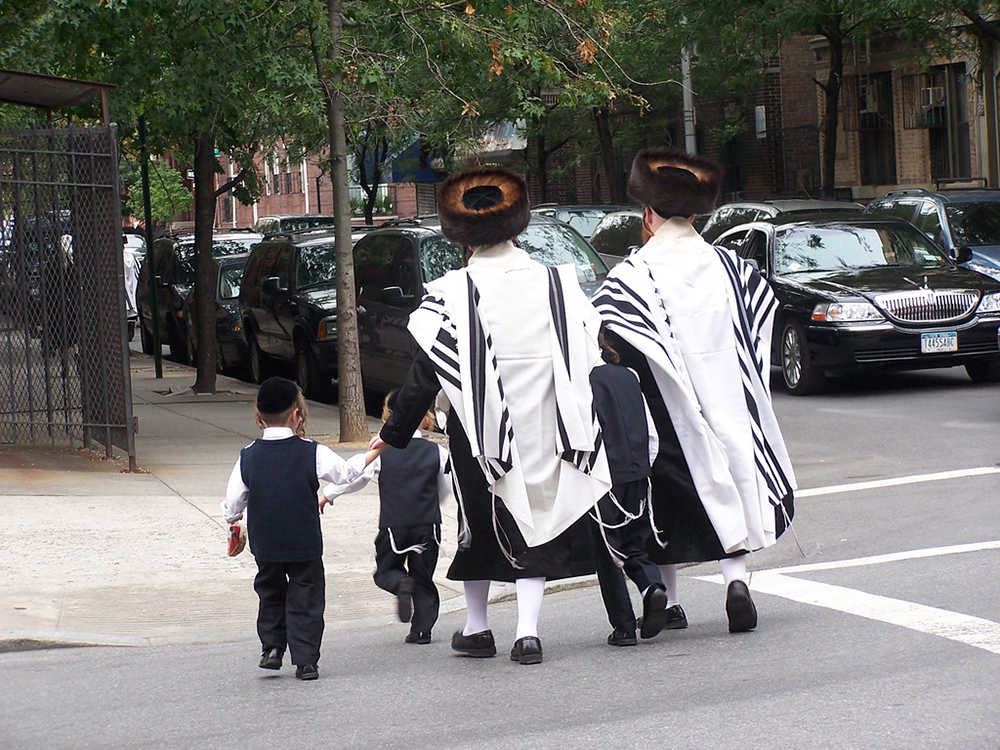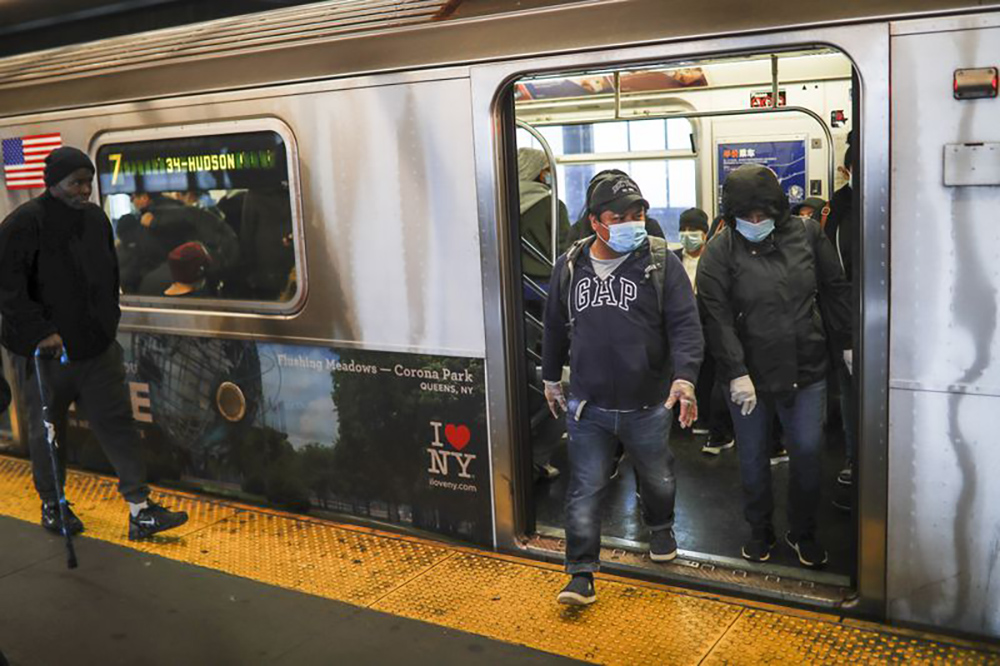By: Ray Weiler
In this new age of sheltering at home, more New Yorkers than ever are staying in their homes. Tragically, many are dying in them during this age of Corona.
Hasidic communities in Brooklyn – specifically, Borough Park and Williamsburg — are reporting a major increase in the number of Jews who are passing away at home. One estimate says the number is now higher than normal by a factor of 10.
This represent “a disturbing citywide trend,” according to the Jewish Telegraphic Agency. “In addition to the high death toll of confirmed coronavirus patients in this city’s hospitals, more New Yorkers are dying at home during the health crisis. Mayor Bill de Blasio had said it is reasonable to assume that most at-home deaths are attributable to COVID-19. Across the city, ProPublica found, at-home deaths have increased almost sixfold.”
Based on the number of calls to the Fire Department for fatal cardiac arrests, Gothamist.com pointed out that for Borough Park, Kensington and Ocean Parkway, there was a total of 27 fatal cardiac arrest calls to the Fire Department from March 1 to April 13. Previously, the average had been just two. In Greenpoint and Williamsburg combined there had been 16 calls this year, but only one in 2019.
“That makes those neighborhoods, both home to large populations of Hasidic Orthodox Jews, two of the areas with the biggest increases in at-home deaths compared to last year,” the news site pointed out. “Other neighborhoods with high at-home death rates are Bedford-Stuyvesant in Brooklyn, Jamaica and Astoria in Queens, and Washington Heights in Manhattan.”
According to statistics released by the New York City Department of Health, Borough Park, Williamsburg, Crown Heights and Midwood have some of the highest death at home rates in the city. “As of April 17, Borough Park has had more than 1,900 positive tests for the coronavirus, the fourth-highest number of any of the city’s Zip codes,” JTA reported.
Nor is the surge in at-home deaths restricted to the Jewish community. The news site propublica.org recently reported that experts are saying that it is “possible that some of the jump in at-home death stems from people infected by the virus who either didn’t seek treatment or did but were instructed to shelter in place, and that the undercount is exacerbated by lack of comprehensive testing. It’s also possible that the increase in at-home deaths reflects people dying from other ailments like heart attacks because they couldn’t get to a hospital or refused to go, fearful they’d contract COVID-19.”
Motty Brauner, a member of Borough Park’s Shomrim, a volunteer security patrol, told the Jewish Telegraphic Agency in an interview that the need for wellness checks for the elderly at home has skyrocketed. To date, he added, the number of deaths caused by the coronavirus seems to be slowing down as locals get more strict about social distancing and other health measures.
















